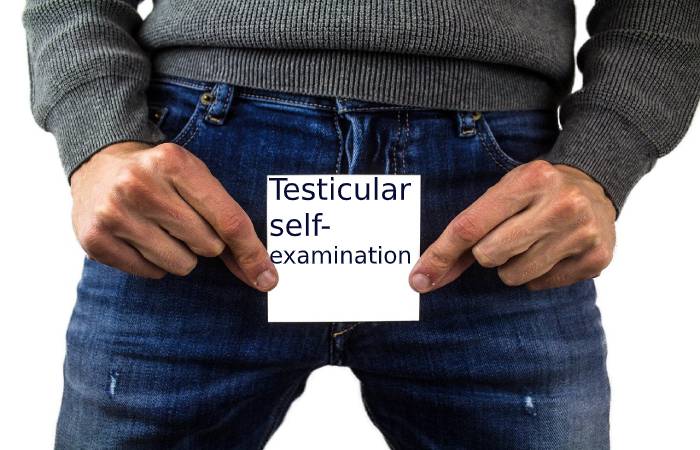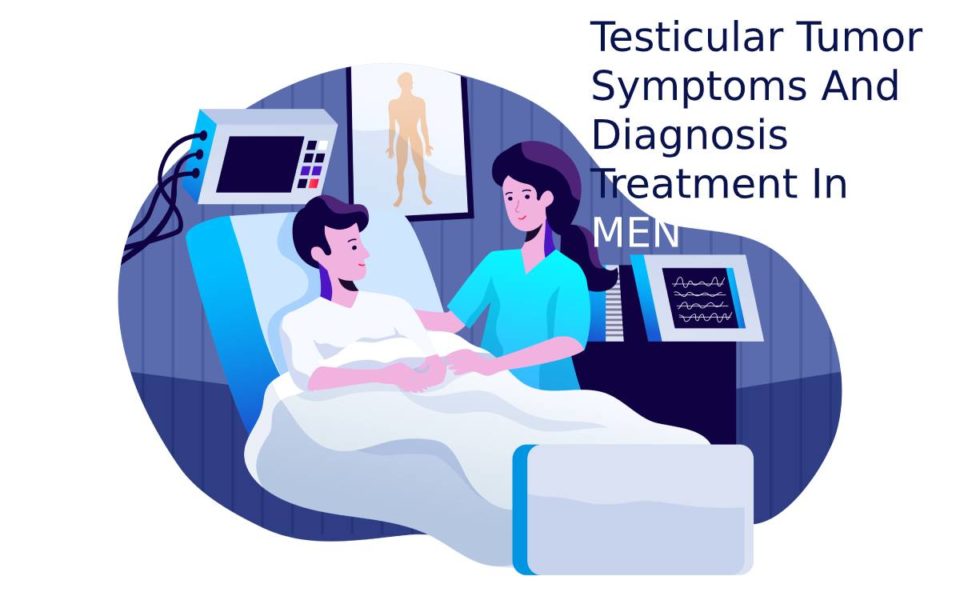Testicular TUMOR is most common in young (under 35 years old), men and adolescents. Testicular neoplasms account for about 2% of all tumors, being one of the leading causes of death from oncological pathologies of young men. Cancerous testicular tumors are quite rare. Most testicular malignancies are from embryonic cells.
Table of Contents.
The testicular tumor in men and boys can be different since the testicle consists of a large number of different membranes and tissues. So, testicular tumors in men are carcinogenic, tumors of the gonadal side, and others.
Most often, men have germ cell tumors. This type includes a yolk sac tumor, malignant tumor, teratoma, embryonic carcinoma, mixed tumors, and choriocarcinoma. A tumor forms from the ducts through which sperm enter from the cells into the urethra. Of all the above list varieties, the most common is the malignant tumor.
The disease mainly occurs in men aged 15 to 45 years and accounts for approximately 2% of all cancers in men. Causes of cancer can be cryptorchidism; that is when in the first months of a boy’s life, his testicle did not sink into the scrotum and remained in the inguinal canal or abdominal cavity.
In such people, the disease occurs ten times more often. Men who have one of the testicles located in the intra-abdominal cavity are most at risk of getting sick.
If the testicle is in the abdominal cavity for a long time, then it is affected by higher temperatures. Because of this, the development of the disease occurs.
Many scientists believe that testicular cancer is also inherited, that is, together with genes. Besides, a tumor can trigger a testicular injury. Therefore, with an injury, you must always consult with a fertility surgery center in Austin to prevent the development of the disease
Symptoms of a Testicular Tumor

The first symptom of a disease is a small swelling or nodule. The cancer is painless. Only a third of sick men have pain in the bud that appears. In 10% of men, neoplasms are associated with the appearance of metastases.
Metastases in testicular cancer can appear in the abdominal cavity lymph nodes, which can disrupt the outflow of urine, and cause a worsening of Unary tract infections.
Besides, metastases can appear in the lymph nodes of the neck, which in turn will lead to coughing and shortness of breath.
Sometimes metastases affect the brain and cause a man to change his psyche, as well as neurological disorders. If metastases affect the bones, then the patient develops pain and fractures.
Best surgery Center: Austin fertility surgery center
Diagnosis of the disease

Determination of the disease consists of examining, that is, feeling the scrotum, as well as possible areas of tumor metastasis. The specialist can prescribe an ultrasound examination of the abdominal organs and lymph nodes.
Also, an ultrasound examination of the right and the left testicle specify. Such an analysis allows us to determine the relationship of the neoplasm with other scrotal formations. In the presence of metastases in the lungs, an X-ray is taken.
If we want to know the presence of a disease, a blood test is helpful to know for tumor markers – protein substances that appear during the development of a tumor.
Assign a blood test for the beta sub-unit of chronic Internal secretion alpha-fetoprotein and lactate dehydrocholic acid. A high content of the above substances indicates the presence of a tumor. The same blood tests repeat after the cure of the disease
Testicular self-examination
Testicular cancer can be malignant and benign. Only a specialist can diagnose – an oncologist. In order not to start the development of the disease, every man should perform a monthly self-examination. To do this, inspect the scrotum.
Self-examination is painful, Felling heaviness in the scrotum, blood appeared in the urine, then you should immediately consult a doctor. Contact a specialist if you experience one of the above symptoms
Methods of treatment for testicular cancer in the clinic INNOVATION:

Surgical intervention. Radical inguinal sterilization is an operation to remove the testicle along with the reproductive cell male gamete cord through an incision made in the groin. Together with the testicles, removal of nearby lymph nodes in the abdominal cavity is possible.
Removing the testicle does not affect the sexual abilities of men or reproductive performance. After surgery, at the request of the patient, a testicular prosthesis can be installed in the scrotum.
Chemotherapy. In most cases, it will treat after surgery to destroy the remaining cancer cells in the body. Chemotherapy is carried out strictly according to international protocols.
The treatment protocols include drugs produced only by leading Western pharmaceutical companies. Chemotherapy is necessary for treating under the guise of accompanying therapy, which allows whistling to minimize side effects and quickly transfer treatment.
Radiation therapy. It will use both before and after surgery. reproductive cell male gamete cords are most susceptible to radiation therapy. In the treatment of testicular cancer, the beam is aimed mainly at the lower abdomen, to destroy the cancer cells left in the lymph nodes.
If surgery can lead to infertility, before starting the procedure, we assist the patient, with the clinic partners, for motionlessness preservation (freezing) of sperm. This procedure allows the patient to maintain the reproductive function further, using artificial insemination.
Prevention Testicular Tumor
It is essential to monitor the size and shape of the testicles so that any changes can detect earlier. Perform introspection once a month. Be attentive to the appearance of lumps, growths, pain, swelling, and other deviations.
For testicular introspection:
- Before starting work, make sure that the scrotum is loose, not swollen;
- gently and slowly unfold the testicle between the fingers and thumb;
- carefully check the surface of each testicle, looking for lumps, sensitive or painful areas, protrusion, swelling, or resizing;
- check the bottom of the scrotum, the epidermis should feel like several grouped tubules;
Inspect both testicles at least once a month.
To prevent an enlarged testicle, it is worth observing the rules of safe sexual intercourse, intimate hygiene, and avoiding injuries.


